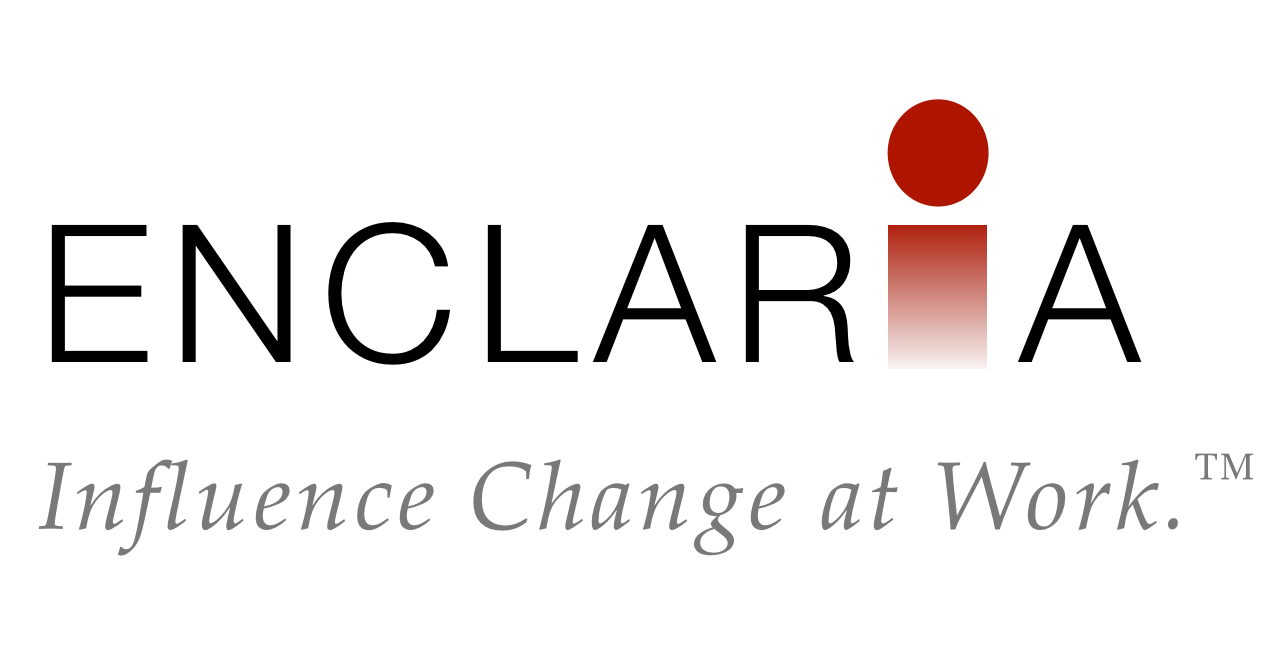When it comes down to it, there are really only two things change agents need to be good at in order to bring about results for their organizations.
Designing change and influencing change.
Designing change is the upfront investigation and planning that goes into figuring out an approach that is likely to work. Influencing change is making sure that it does.

Design and influence are two sides of the same coin. You design the change to go as smoothly as possible, and then influence to follow through and deal with whatever happens during the implementation. Another way to look at it is the difference between things you create (design) and things you personally do (influence).
The table below lists some of the elements of change management that aim to ensure effective change. Each element is split into its design and influence activities.
| Element | Design | Influence |
| Clarify Change | Clarify the current and future states. Understand the transitions between them. | Get the real story about how things are done. Gain agreement on what you’re really trying to accomplish. |
| Understand Impact | Determine who and what are impacted by change and how. | Asking questions and listening to figure out what’s really going on. |
| Anticipate and Reduce Resistance | Understand how people will experience change emotionally. Develop methods that reduce or avoid causing resistance. | Address resistance as it happens, with empathy. |
| Identify and Equip Change Roles | Map out the different people involved and how they can help. Get them ready to do their part. | Recruit people to help out. Gain support and commitment to do their part. |
| Communicate Change | Develop communication plans. Write specific communications. | Facilitate meetings. Coach other communicators. |
| Equip People for Change | Develop training. Provide other learning opportunities. Get people what they need to succeed. | Remove roadblocks. |
| Foster Accountability | Develop scorecards and governance structures. Create incentive programs. | Recognize and encourage. Follow up. Provide feedback. |
| Engage People in Change | Design opportunities for people to participate in the change program. | Invite people to participate. |
To drive change, you need to successfully do activities from both columns. There’s too much to do, and things are too interconnected, to just influence without a design plan. And a plan without influence just sits on a shelf.
So plan ahead to design the elements of your change management program. But don’t get too attached to that design, because inevitably, you’ll have to dance in the moment when your design meets reality. Work on becoming great at both creating the conditions for change to happen and then getting involved to make sure it does.
This article is part of the #ChangeBlogChallenge on the topic of Change Capability. Click here to see what other change thinkers say about this topic. Are you participating in the #ChangeBlogChallenge? Feel free to leave the link to your blog article in the comments.

 How Change Practitioners Can Be Useful During an Emergency
How Change Practitioners Can Be Useful During an Emergency